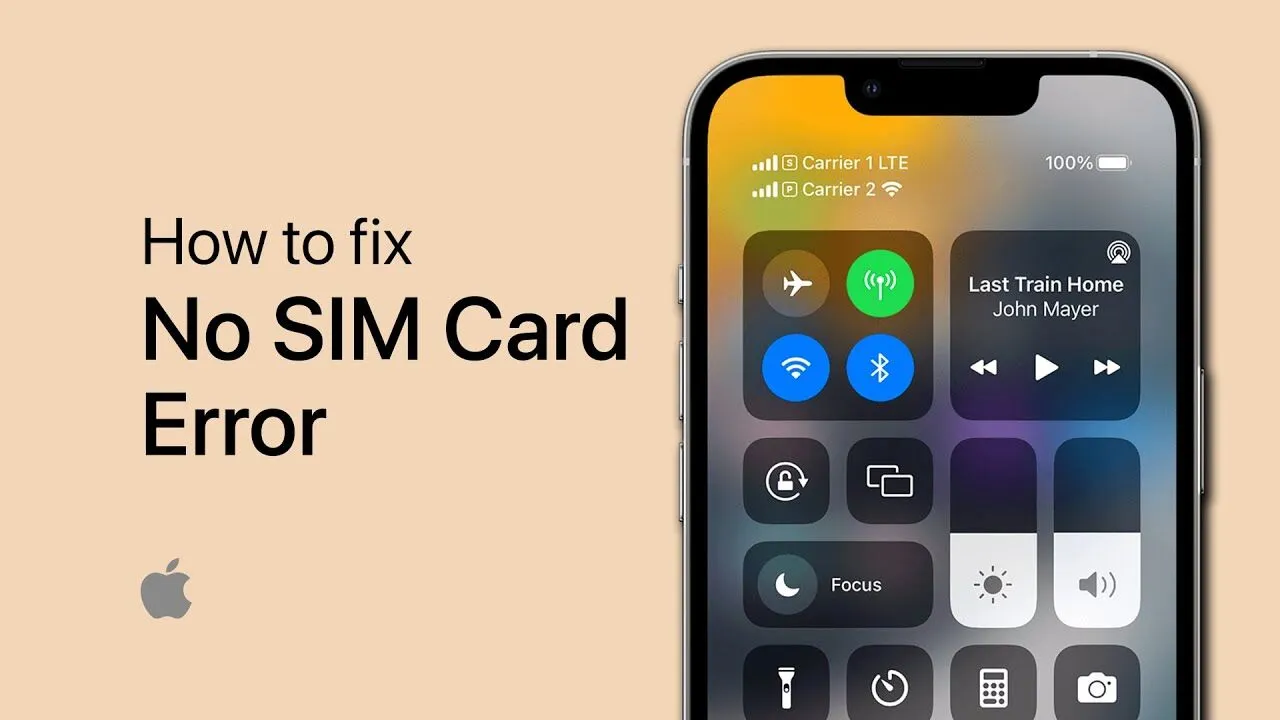
After activating your iPhone with your service, as long as you’re close to a tower, it should continue to work on the cell network without any issues.
Even so, technology is only sometimes reliable, so things only sometimes work as they should. For example, your cell link may sometimes need to be fixed. Most of the time, this will show up as needing help to make calls or connect to the internet with your data plan. A low signal icon or a “No Service” message in the status bar will usually accompany this.
On the other hand, you might get an error message that says your iPhone doesn’t have a SIM card installed, even if it does. A SIM card is needed to connect to your carrier’s network, so if you don’t have one, you won’t be able to use your phone. The good news is that this problem is often easy to fix.
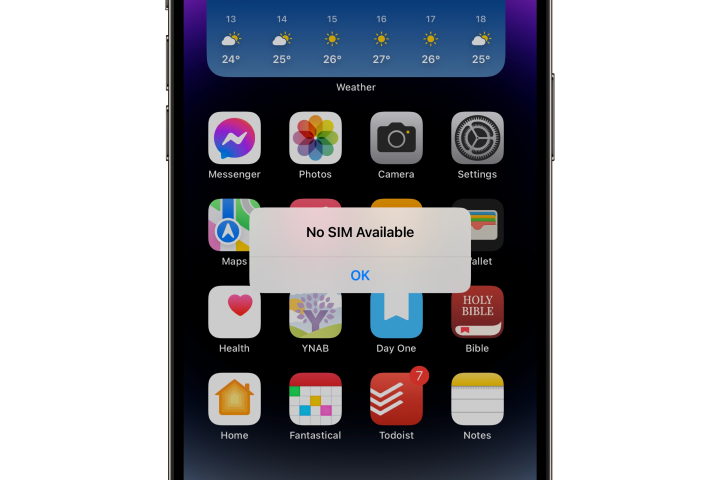
What is the ‘No SIM Card Installed’ error?
That’s what “No SIM Card Installed” or “No SIM Card Available” means: your iPhone thinks the Subscriber Identity Module (SIM) is missing. That’s the small card about the size of a chip that you put into the side of your iPhone the first time you set it up. You may, however, be using an eSIM instead, especially if you live in the U.S. and have an iPhone 14 or later that doesn’t accept physical SIM cards.
The error message means the same thing, whether it’s a genuine SIM or an eSIM: your iPhone can’t talk to the module correctly, so it can’t connect to the cell network.
Sometimes, you might see a warning message that says “Invalid SIM” instead. This means that your iPhone can see a SIM card, but it’s not working right. The result of this problem is the same, though: you will be able to use your cell phone once it’s fixed.
You may also see “No SIM” or “SOS” in your status bar, along with the mistake that shows up on your screen. While “No SIM” is pretty straightforward, “SOS” is not a cause for concern; it just means that your iPhone can still call 911 or the specific emergency number in your country. Carriers in the U.S., Canada, and many other countries have to forward emergency calls from any cell phone, even if it doesn’t have a SIM card in it. This is done to keep people safe. When the “SOS” light comes on, it means you’re close to a cell network where you can make emergency calls.
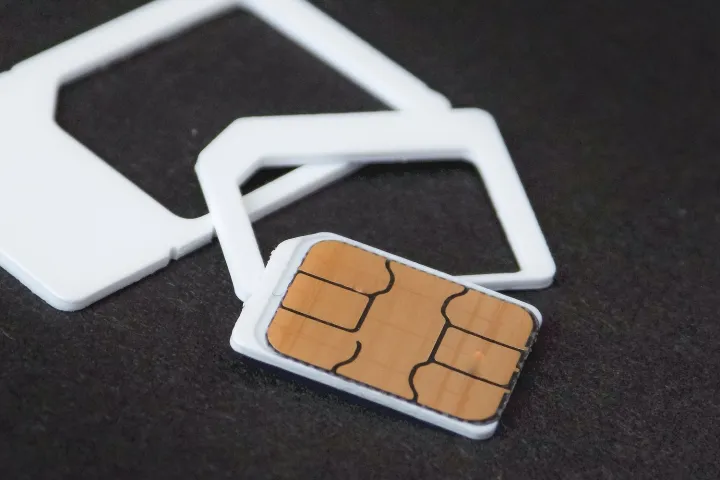
How to locate your iPhone’s SIM card
Where your SIM card is located will vary on the type of iPhone you have.
- You won’t be able to find a physical SIM card for an iPhone 14 or later sold in the U.S. These types only work with eSIM cards, which are built into the iPhone and cannot be removed.
- Although the iPhone SE differs, the SIM card slot may be found on the left side of the device, beneath the volume keys, on the 12th and 13th generations.
- Whether you have an iPhone SE, an iPhone 4, or an iPhone 11, the SIM card slot is on the bottom right.
- There is a SIM card slot on top of the original iPhone, the iPhone 3G, or the iPhone 3GS. It is between the headphone jack and the sleep/wake button.
There is a small hole in the side that lets you see the SIM card slot. This is the outside part of the iPhone tray that holds the SIM card. Here’s how to take out your SIM card and put it back in.
Step 1: Carefully insert a paper clip or iPhone SIM-eject tool into the tray’s exterior hole. The SIM-eject tool is on the iPhone box paperwork cardboard tube. If you lose it, a paper clip will do.
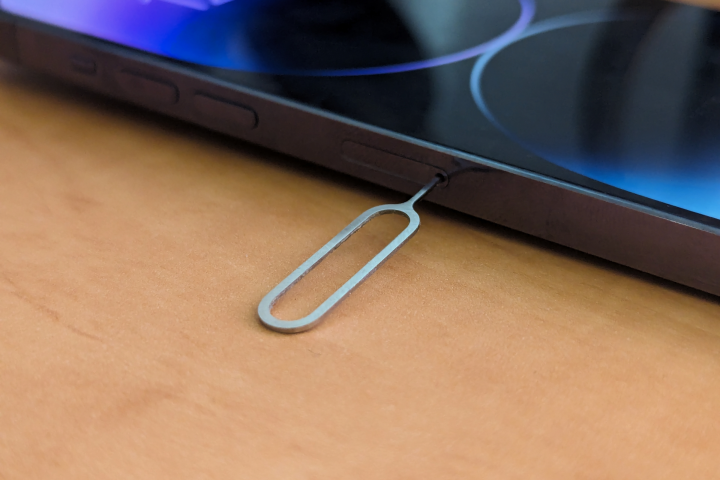
Step 2: Push the internal tool or paper clip toward your iPhone. It should be easy to remove the SIM tray. Avoid pushing the paperclip into the hole; if the SIM tray doesn’t come out, take your smartphone to an Apple Store or authorized service provider.
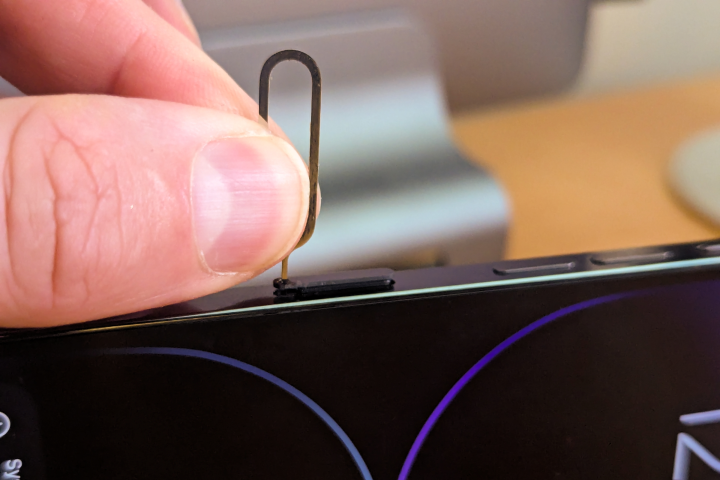
Step 3: Use your fingers to carefully remove the SIM card tray. Your SIM card is stored in the tray.
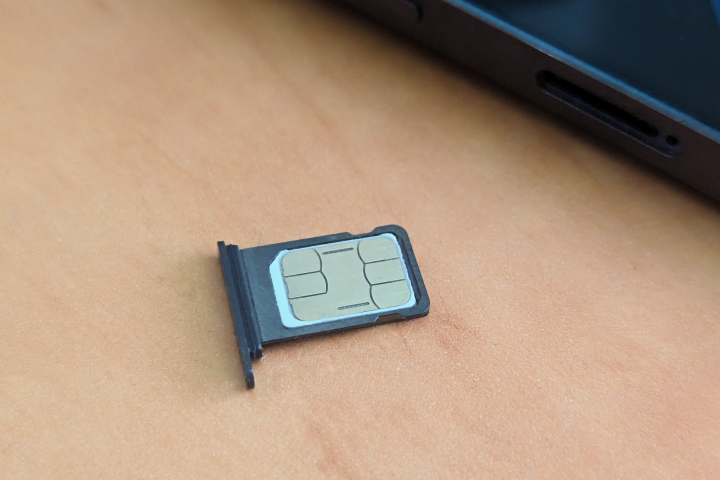
Note: Chinese iPhones may have two SIM cards in the tray, one on each side. The top SIM card is for the main phone line, and the second SIM card is for the second phone line.
Step 4: Press and remove the old SIM card with your finger. Use the corner notch to align the new SIM card with the tray frame.
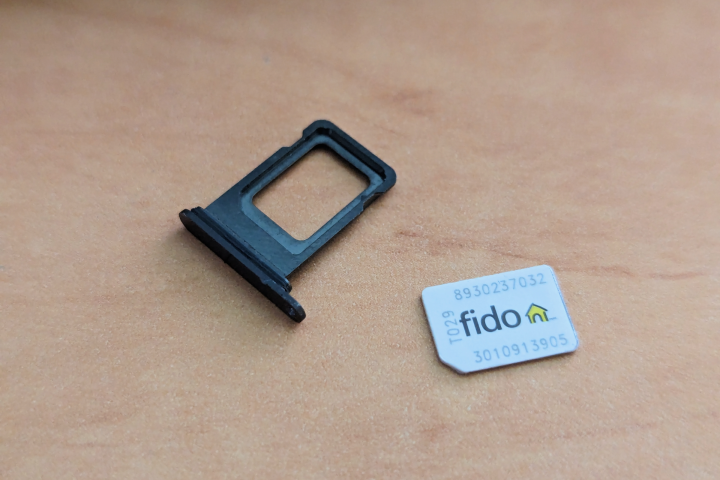
Step 5: Reinstall the tray in your iPhone the same way. That tray should go in smoothly; it only fits one way, and the SIM card must be in the tray. Do not force the SIM tray in. If it won’t go in with light pressure, make sure the SIM card is flat on the tray and the notch is correct, then try again. Keep your iPhone to yourself. Instead, visit your carrier, Apple Store, or authorized repair provider.
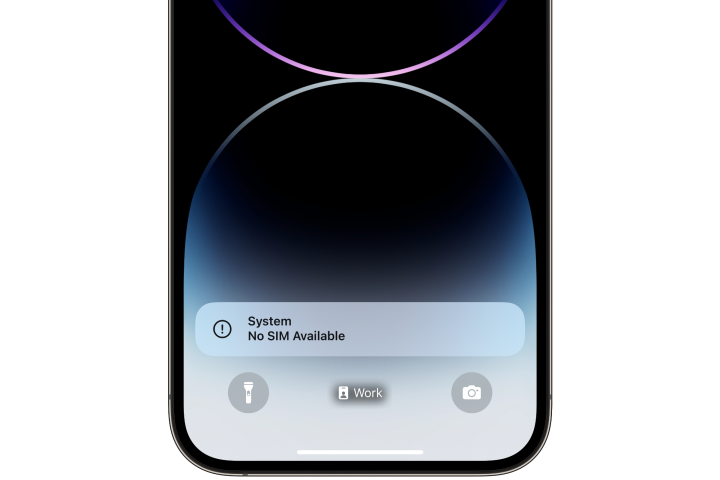
How to fix the iPhone’s No SIM Card error
The “No SIM card” issue could be caused by a software fault, malfunctioning iPhone, or SIM card. Don’t worry about this warning. There are several options.
Step 1: Start with a cell carrier plan. Even while it seems evident, you may have been shut off without knowing. Call your company to confirm. If your plan is off, your carrier may display “No Service” instead of “No SIM,” however, this varies.
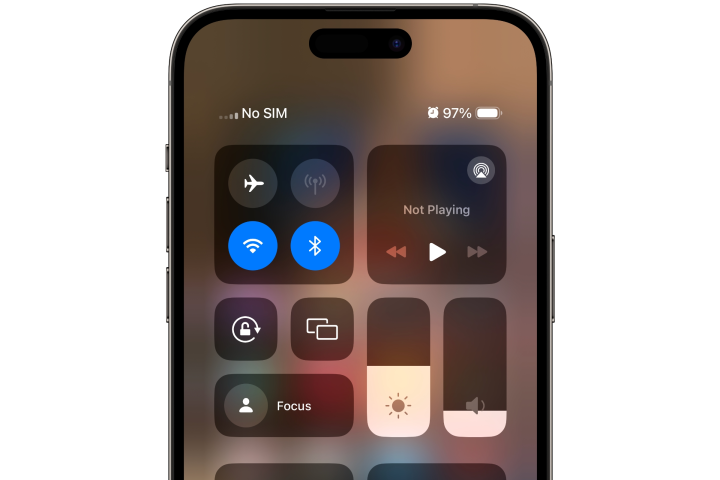
Step 2: Second, remove and reinstall your SIM card. If you’re using an actual SIM card instead of an eSIM, you may need to align your iPhone’s electrical contacts. Check the SIM card for dust and debris before removing it. Close the SIM tray completely when reinstalling. Always utilize the device-specific SIM tray. A SIM tray from a different iPhone model may not fit, preventing the SIM card and iPhone from making contact.
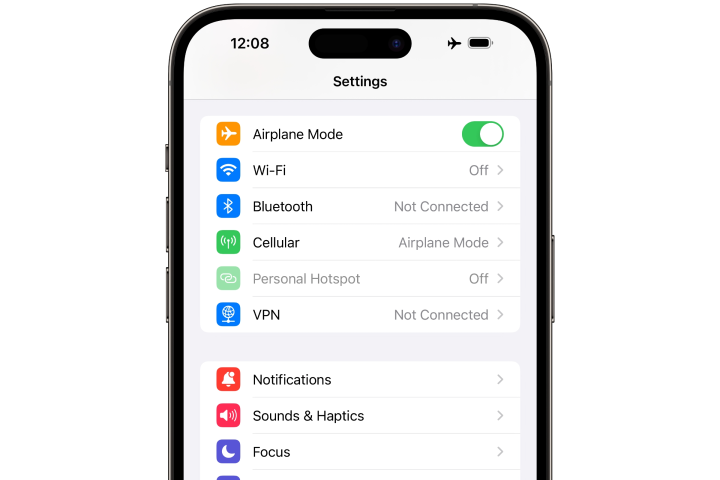
Step 3: Turn on and off Airplane Mode. You can then reconnect to the internet and have your SIM card tested. This switch is near the top of Settings. Please turn it on, wait 10 seconds, and off again. See whether the mistake disappears and your cell service returns.
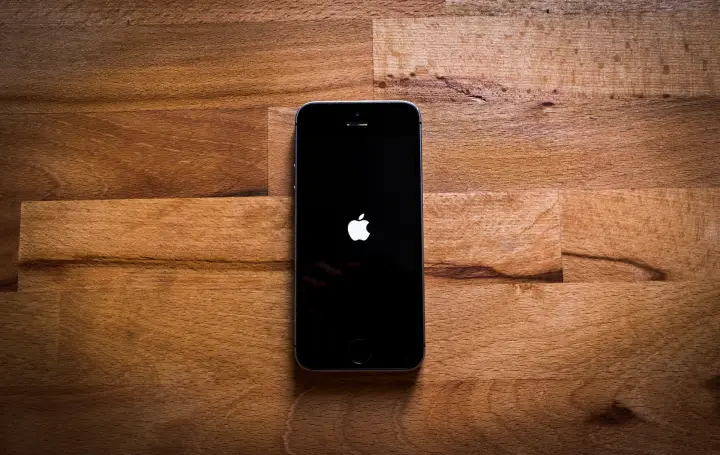
Step 4: Restart iPhone. This works often despite its cliche status. Hold down the side and volume buttons on an iPhone with Face ID until Slide to Power Off appears. Pressing the home button with the side or top button simultaneously is the method for older iPhones or the iPhone SE, which features a home button located on the front. When that screen appears, swipe to power down your iPhone. Hold down the side button to restart after a while.
Step 5: Check for carrier updates. This typically updates itself in the background, but you can check it in Settings > General > About. Connect to Wi-Fi to check for changes. The update and your carrier’s policies will determine whether your iPhone loads it or asks you. Click OK or Update as needed.
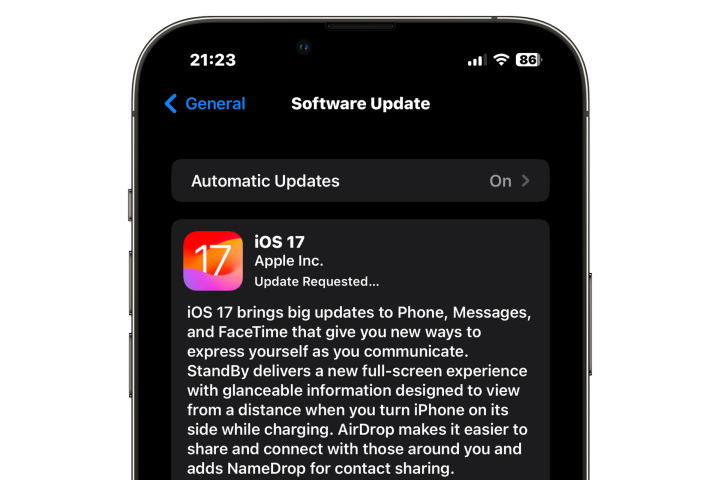
Step 6: Make sure your iPhone has the latest software. A rare iOS bug could prevent your iPhone from communicating with your SIM card. Go to General > Software changes in Settings to check for software updates.
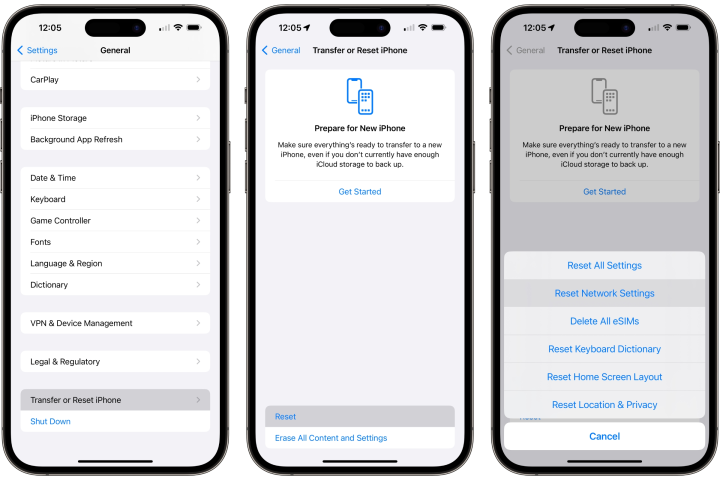
Step 7: Clear network settings. The carrier and cellular network profiles are reset to their initial settings. Damaged network settings may prevent your iPhone from reading your SIM card. This seldom happens, but it is likely if your iPhone was carrier-locked.
Note: Please keep in mind that this will also delete any VPN accounts or custom APN settings, as well as any saved Wi-Fi networks and passwords. Make sure you write down any Wi-Fi passwords or other settings you need before you go on.
In the Settings app, go to General > Transfer or Reset iPhone > Reset > Reset Network Settings to reset your network settings.
How to fix the iPhone’s Invalid SIM error
If you see “Invalid SIM” instead of “No SIM Card,” you most likely have a tech issue. This message means that your iPhone can connect to your SIM card, but the data on it is damaged.
If this message appears with a SIM card you haven’t used before, make sure that the SIM card and the carrier that came with it are compatible with your iPhone and that it isn’t locked to a different provider.
The steps above might not work, but they’re not impossible in this case. The best thing you can do is call your provider. Suppose you go to a carrier shop and ask if they have an extra SIM card that they can test on your iPhone. If that works, they should be able to quickly give you a new SIM card and send you on your way.




